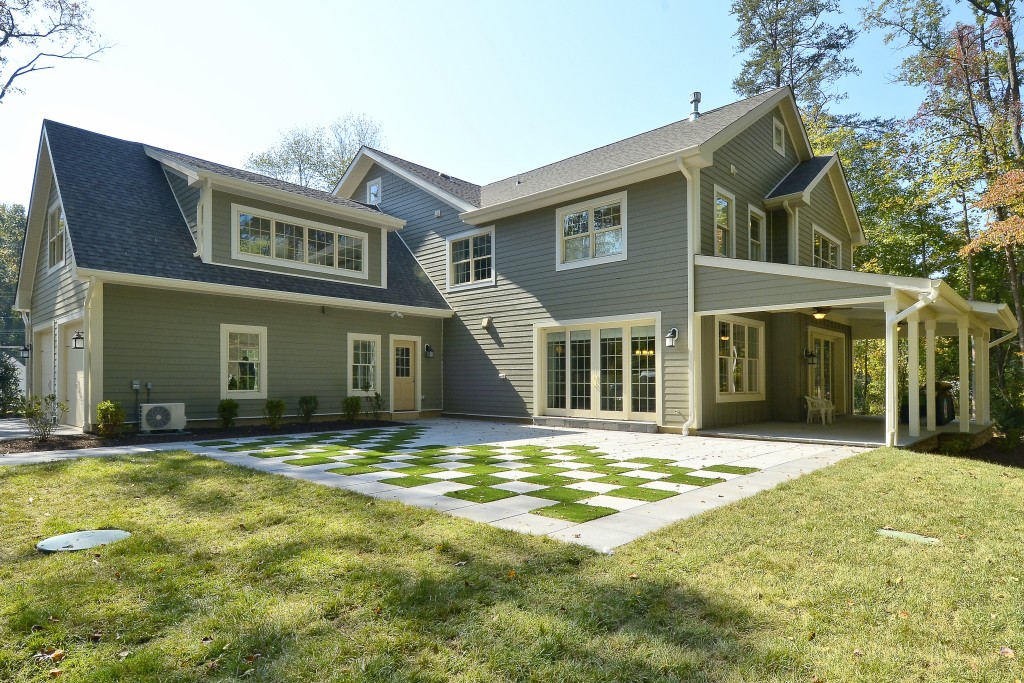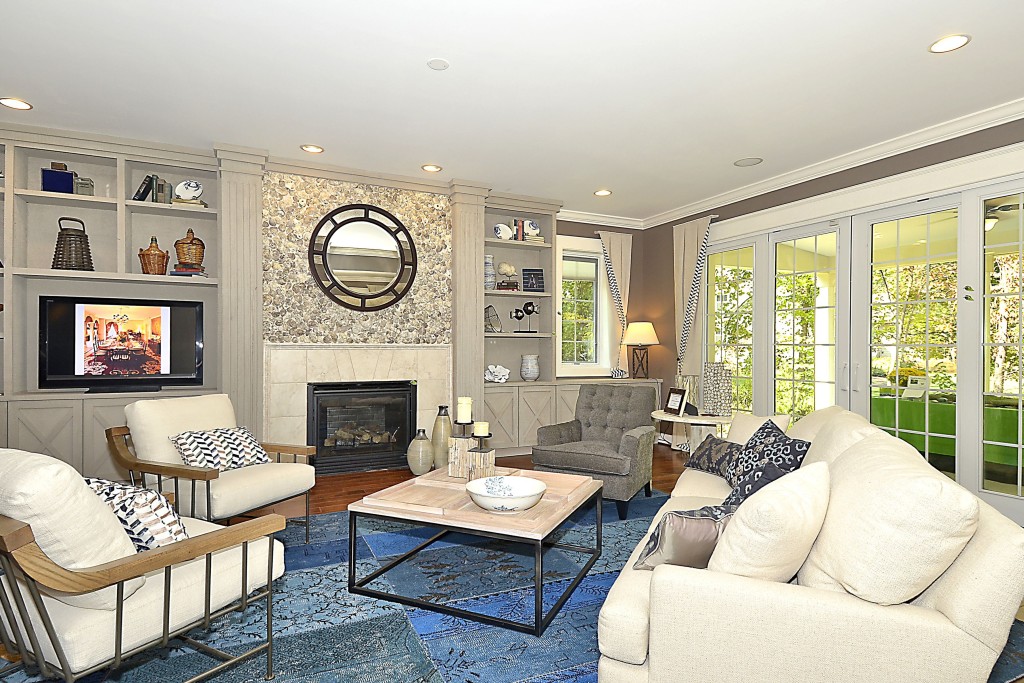Environmentally-friendly and green technologies in home building have paved the way for a new breed of house—one that strives for a healthy environment for its owners, minimizes the impact on the environment, promotes cost efficiency for the long haul and stands the test of time.
Those home buyers who are aware of and demand this new breed see their home as more than just a domicile—they know that today’s structures can provide a host of benefits that may not have been part of the picture in yesteryears. Meanwhile, the builders providing those homes understand that buyers want houses that carry the ethos: if it’s worth doing, it’s worth doing right.
One such builder who has adopted this ethos and found the rewards apparent is Maryland-based Baldwin Homes. This builder received a National Association of Homebuilders’ NAHB Green Project of the Year Award in the single-family, custom category.

Baldwin’s Win
Baldwin’s award-winning house is one of many eco-friendly homes built by the company at the Preserve at Severn Run community in Gambrills, Md. At the core of the project have been the three R’s of sustainability: reduce, reuse and recycle. From site development to every element of the home, the project minimized environmental impact through use of the latest green technologies and through reuse of materials that would otherwise have been destined for landfills.
It has been certified as Emerald, the highest level of the ICC 700 National Green Building Standard (NGBS) as well as Gold in the Leadership in Energy and Environmental Design (LEED) program. It’s also Energy Star-certified, achieving about 56 percent better energy efficiency than a standard new home and 86 percent greater efficiency than what was standard several decades ago.

Any of these accomplishments would have been an achievement, but accomplishing all of them has required special attention throughout the design and construction phases of the project to produce a home that exceeds code requirements by just about every measure. This kind of effort leads to the question: why go to such lengths in the building process?
According to Baldwin, for his company, the reasoning starts with an overall conviction to green building for the long haul.
“I think it makes sense,” said Mike Baldwin, president of Baldwin Homes, Inc. “It’s something we should all do” not just in building homes, but construction in general.

Getting to Emerald
Baldwin said the process of reaching the NGBS Emerald level started with the building site. The home was oriented not only to reduce the impact on its environment, but also to make the best use of natural sunlight. The home’s siting minimizes heating and cooling needs.
“We positioned [the home] south; and included a front porch, which reduces solar gain in the summer, while allowing passive heat gain in the winter,” Baldwin offered.
This siting, as well as the other energy-saving features the home design incorporates, is paying off: the latest utility bill for the seven-bedroom, 7,000-square-foot home was $143, Baldwin said. The low bill also is backed up by figures from surrounding occupied homes in the same project. For example, Dr. Brianna Watson, the owner of the same-sized home next door (which was also built by Baldwin, certified to the NGBS and LEED programs, and also an energy award winner) says her bills run $200 to $300, which is impressive for the size home she has.
As far as sustainability of the site, the natural resources were carefully guarded from the beginning of the project, including directing construction crews where to park to protect existing trees and vegetation.

The Home’s Features
What went into this particular home to earn it the NAHB Green Project of the Year? Here’s a partial list:
- Precast, panelized exterior walls composed of 2-inch thick concrete with an insulation value exceeding R21
- Windows with sun defense coating and incorporated blinds
- Recycled drywall and R15 Batt insulation
- Open cell foam insulation and Energy Star air sealing
- Energy Star appliances; low-flow showerheads and faucets; high-efficiency toilets
- Two, 2,000-gallon buried cisterns for irrigation or flushing toilets
- A solar hot-water system
- Reclaimed lumber used for flooring, built-ins; recycled and bamboo (renewable resource) cabinets
- An 18 seer, 2-stage, variable speed heat pump; Merv 16 pleated filters and an energy recovery ventilator;
- Zero VOC interior and exterior paint
- Forest Stewardship Council certified lumber/roof trusses
- Native vegetation

